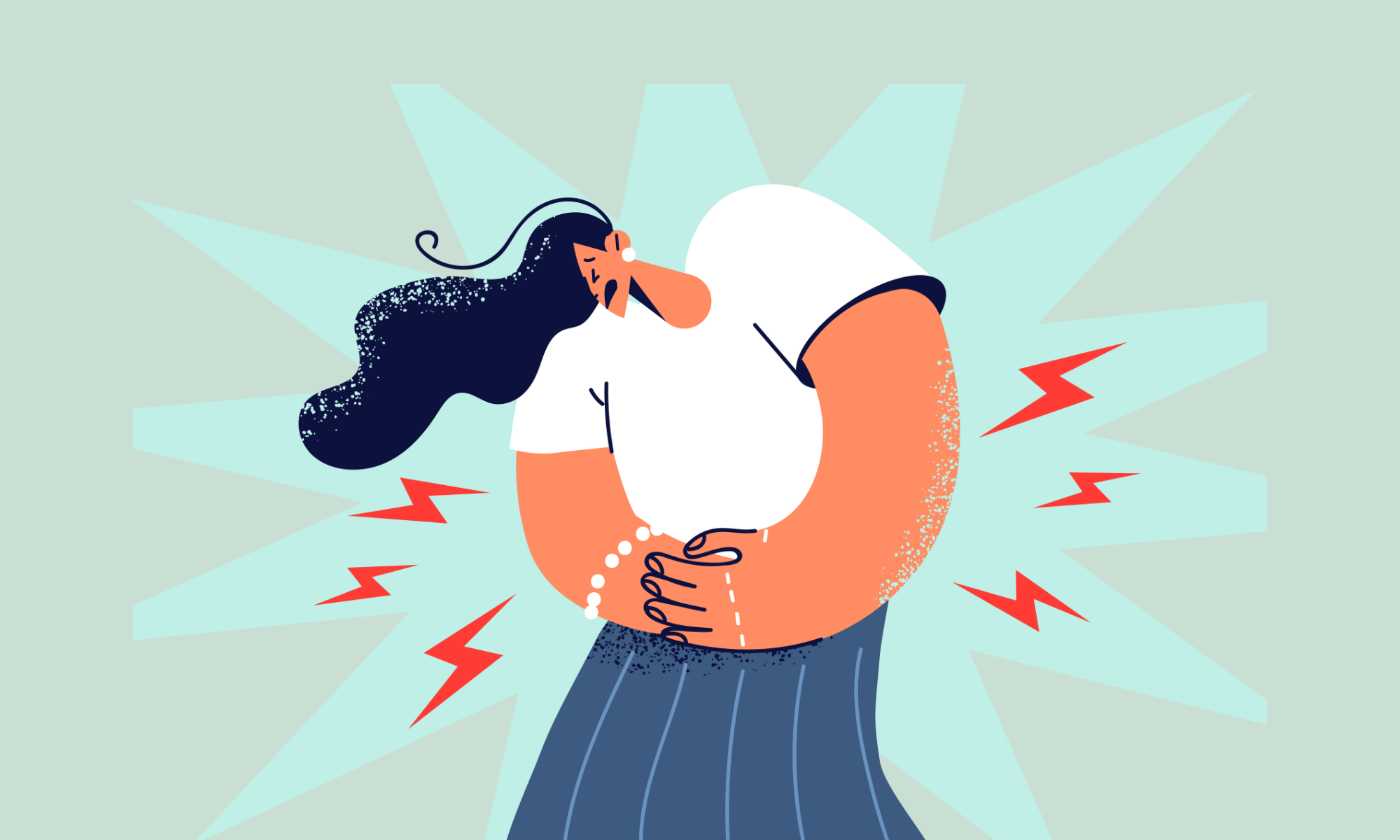If you’ve ever read the fine print on a tampon box, you’ve probably seen a scary little acronym: TSS. Short for Toxic Shock Syndrome, it’s a rare but serious condition that can be linked to period products - especially if they're not used properly.
So let’s break it down:
What exactly is TSS, how does it happen, and why do reusable options like menstrual cups, discs, and period underwear carry less risk?
What is Toxic Shock Syndrome?
TSS is a potentially life-threatening illness caused by toxins produced by certain strains of bacteria - most commonly Staphylococcus aureus. These toxins can enter the bloodstream and cause symptoms like:
-
Sudden high fever
-
Vomiting or diarrhoea
-
Low blood pressure
-
Confusion
-
Muscle aches
-
Rash that looks like sunburn
While TSS can affect anyone, it’s most often linked to tampon use, especially when super-absorbent tampons are worn for too long (or even forgotten about - eek!).
Why Tampons Increase the Risk
Tampons can create the perfect storm for bacteria to thrive - particularly if they’re worn longer than the recommended 4 - 8 hours. If there’s not enough lubrication inside your vagina or you are inserting with sharp fingernails, you can risk causing tiny abrasions inside the vagina, giving bacteria easier access to the bloodstream.
Super-absorbent tampons are especially risky. The drier the environment, the more irritation they can cause. And if you forget to change one? That’s when the real risk kicks in.
So Why Are Cups, Discs & Period Undies Safer?
👉 Menstrual Cups & Discs
These are made from medical-grade silicone - smooth, non-absorbent, and bacteria-resistant. Unlike tampons, they don’t dry you out or leave fibres behind. Plus, you can wear them safely for up to 8 - 12 hours, meaning fewer changes and less disruption.
👉 Period Underwear
Zero internal risk here! Since period undies are worn externally, there’s no risk of introducing bacteria into the vaginal canal. Just make sure to change them regularly and wash them thoroughly after use - hygiene is still key.
Can You Still Get TSS with a Cup or Disc?
Technically, yes. But it’s extremely rare. Proper cleaning and safe wear times are your best defence. Always wash your hands before insertion, sterilise your cup or disc between cycles, and follow wear-time guidelines.
Quick Tips to Stay Safe:
-
Never wear any internal product longer than 12 hours
-
Wash your hands before and after insertion/removal
-
Sterilise your cup or disc between periods
-
Don’t use a tampon or disc with a cut, wound, or infection
-
Know the symptoms of TSS and trust your gut
-
Avoid using internal period care if you have any vaginal abrasions
What Should I Do If I Have TSS Symptoms?
If you experience sudden symptoms like a high fever, vomiting, diarrhoea, a rash that looks like sunburn, dizziness, or muscle aches - especially during your period while using a tampon, menstrual cup, or period disc - stop using any internal period products immediately and head straight to a doctor or emergency clinic.
Let them know you suspect Toxic Shock Syndrome. Early treatment with antibiotics is key, and the sooner you get checked, the better the outcome. It’s rare, yes - but being aware and responding quickly could literally save your life. Trust your gut and act fast. TSS can escalate quickly and it’s always better to act with caution.















